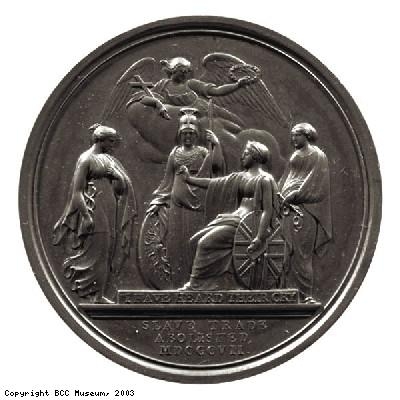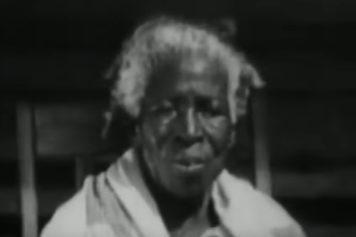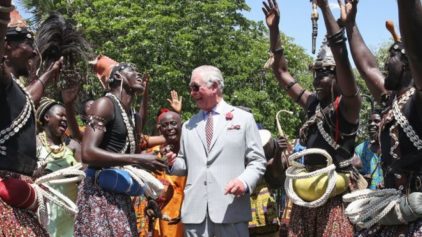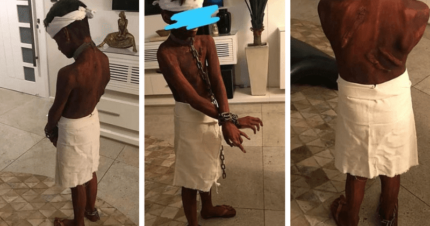The Bristol Museum and Art Gallery in the U.K. held an exhibition in 1999 displaying items from Bristol’s role in the transatlantic slave trade. The items provide a look at the slave trade from the perspective of the British, which is a view not frequently available in the United States. The exhibit, called “A Respectable Trade? Bristol and Transatlantic Slavery,” was one of the most visited exhibits in the history of the museum. These are select items in the possession of the Bristol Museum, the Bristol Record Office, Bristol Central Library, the University of Bristol Library and the Society of Merchant Venturers.
Abolition medallion
Description from exhibit: One side of a commemorative medallion, celebrating the abolition of the slave trade, 1807. The medallion reads ‘I have heard their cry.’ The slave trade was abolished in 1807.
Date: 1807
Copyright: BCC Museum
Ships’ muster rolls from 1748 – 1749
Exhibit description: Muster roll for the ship, the Southwell, sailing from Virginia, USA, 1748.
The Southwell sailed for Angola in West Africa with instructions to buy 500 slaves. The number actually bought is not known, but only 284 were sold in Virginia.
The muster roll is a list of all crew signed on for all or part of a voyage, which was used to calculate the money each man should pay to the Sailors’ Hospital Fund (insurance).
The Society of Merchant Venturers is a Bristol-based organisation, which was formed in 1552 as an elite body of merchants involved in overseas trade. The Society still exists today.
Date: 1748
Copyright: The Society of Merchant Venturers




